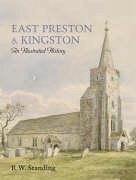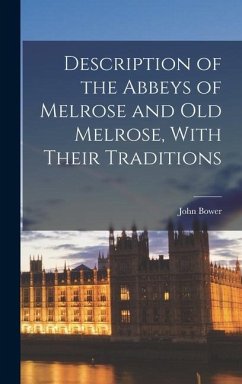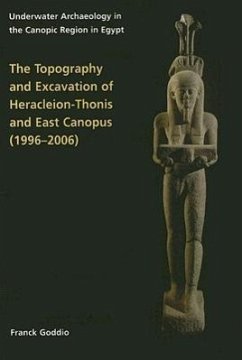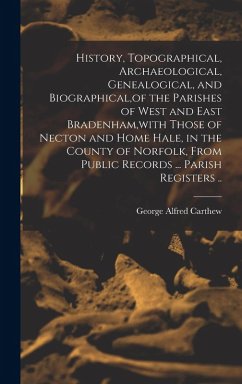
East Preston and Kingston
An Illustrated History
Versandkostenfrei!
Versandfertig in über 4 Wochen
35,99 €
inkl. MwSt.

PAYBACK Punkte
18 °P sammeln!
In this attractive new book, the author takes the reader through more than a thousand years of history in two closely related Sussex villages. Beginning in Norman times, the book relates how the feudal system ruled the village. For many centuries, East Preston and Kingston were rural communities tied to their land, with a religion and culture centred on their simple medieval churches. Throughout their history, the villages have been affected by their position on the south coast between Littlehampton and Worthing. The forces of nature took their toll, with the old village and chapel of Kingston...
In this attractive new book, the author takes the reader through more than a thousand years of history in two closely related Sussex villages. Beginning in Norman times, the book relates how the feudal system ruled the village. For many centuries, East Preston and Kingston were rural communities tied to their land, with a religion and culture centred on their simple medieval churches. Throughout their history, the villages have been affected by their position on the south coast between Littlehampton and Worthing. The forces of nature took their toll, with the old village and chapel of Kingston sinking into the advancing sea as the coastline continued to shrink. Further change was wrought by the advent of the railway, and then, in the 20th century, by motor transport. During the brief 'Riviera' interlude, there was a small but smart seaside resort at what became known as 'Angmering on Sea'. The author goes on to outline the explosive growth of the latter half of the 20th century and how it affected the villages, merging these communities into the urban anonymity of the South coast. In addition, this beautifully illustrated book contains histories of the church, farmsteads and houses, discovers the origins of the sports and social clubs, and looks in depth at some well-known personalities who were connected to East Preston and Kingston.












